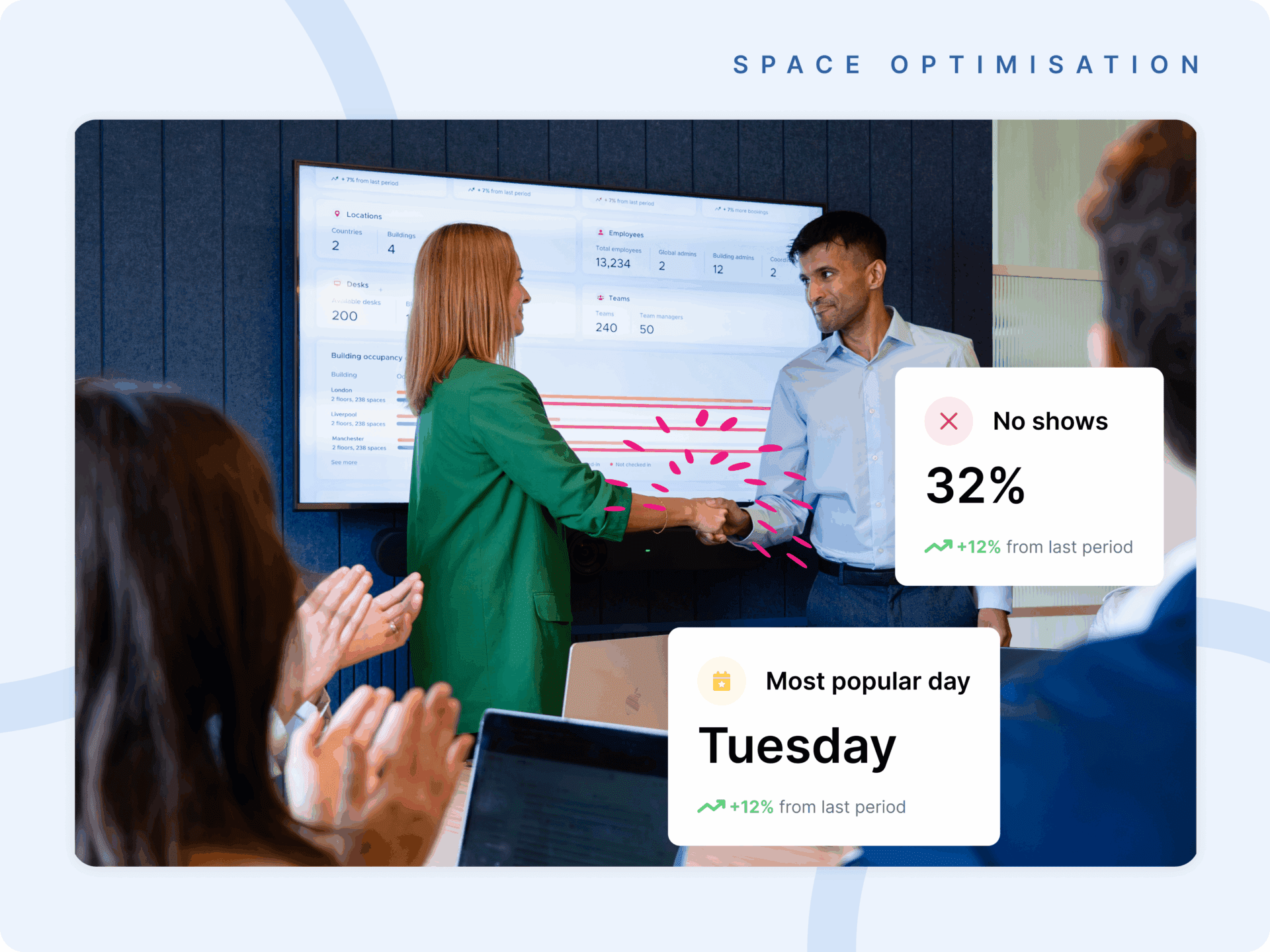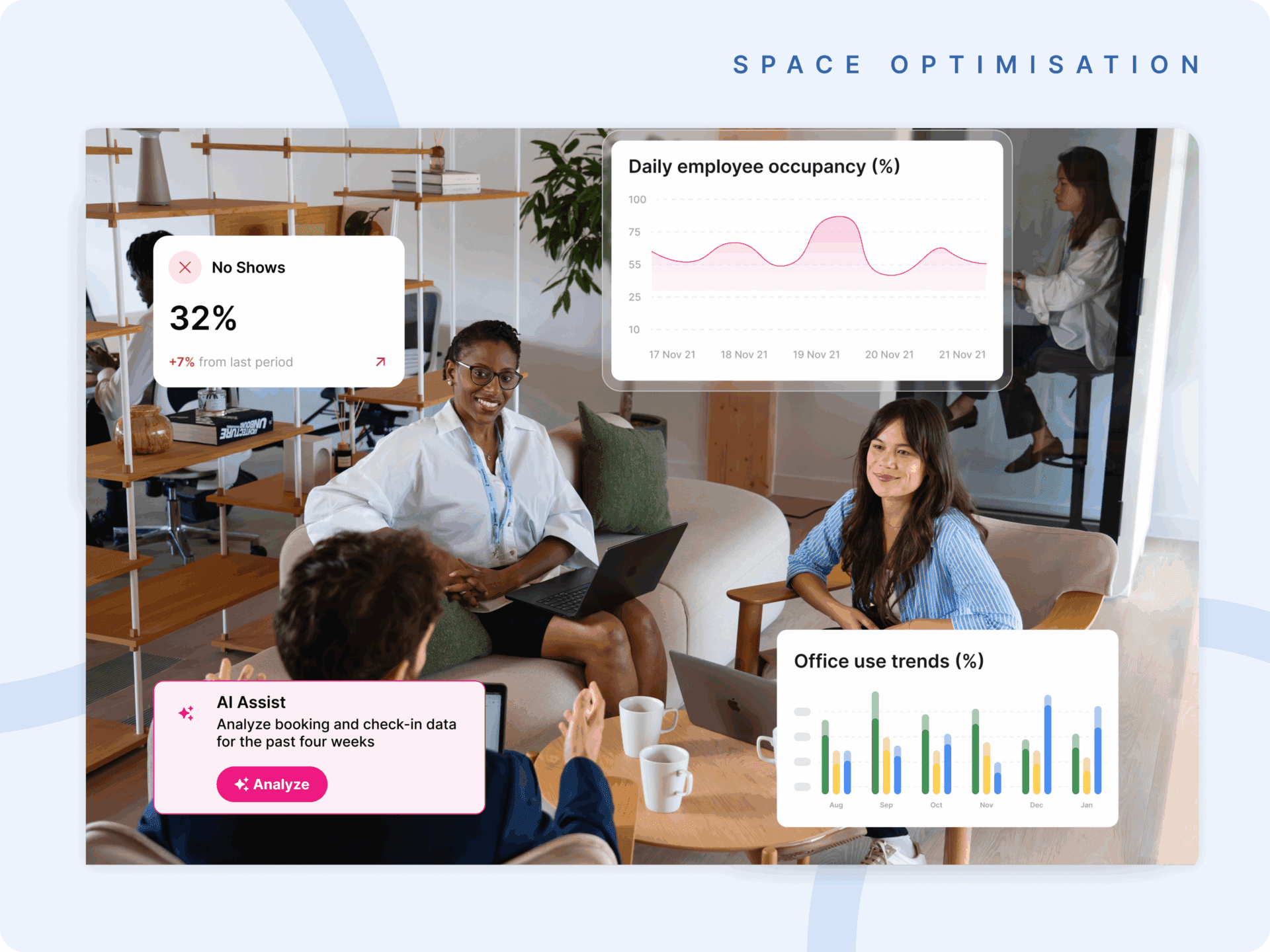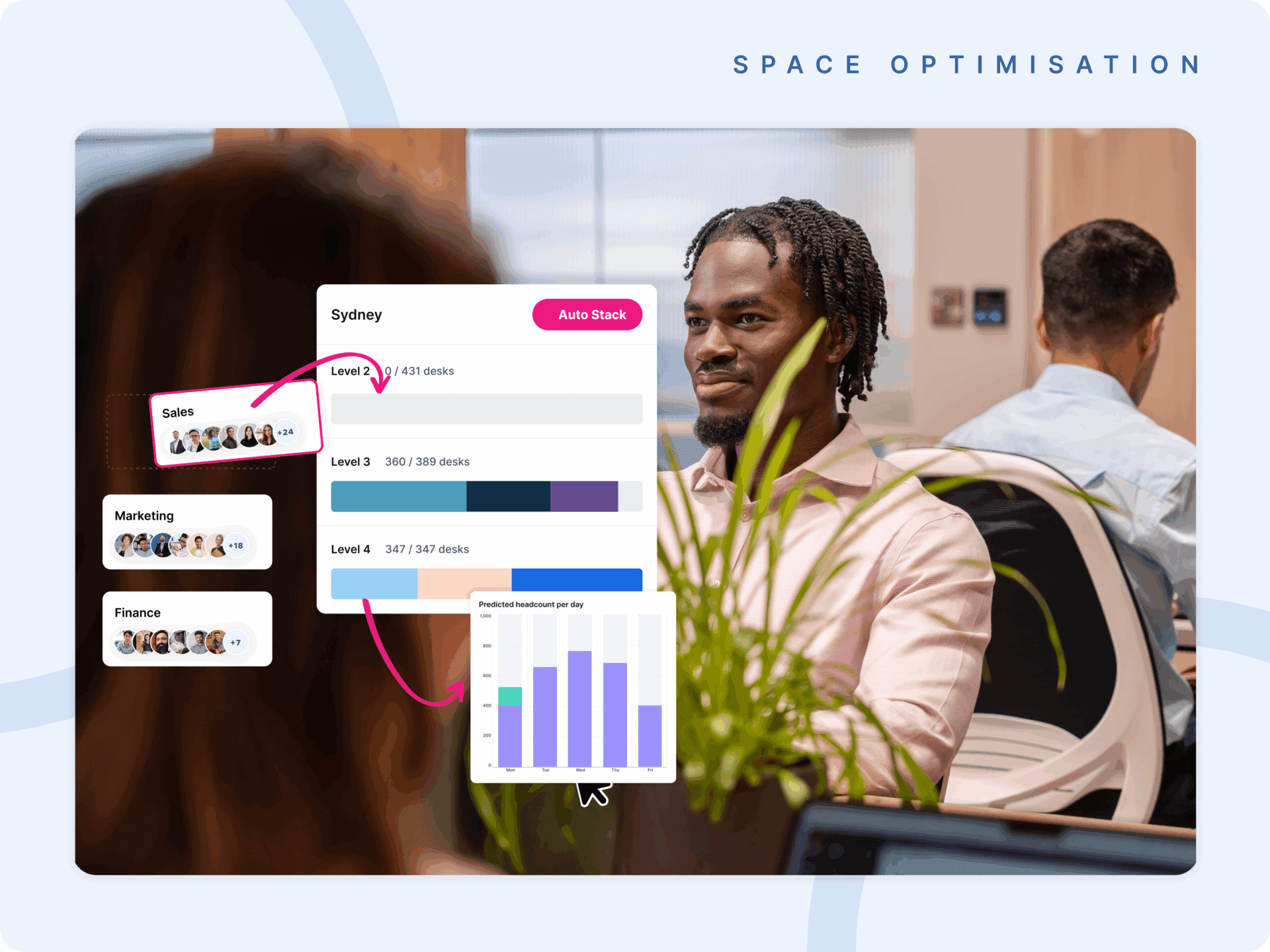Workplace operations management is all about using data to create productive, engaging, and efficient office environments. The right metrics help managers understand how spaces are used, how employees collaborate, and how workplace policies impact performance. Tracking these key performance indicators (KPIs) allows managers to make smarter decisions that benefit both employees and the business.
Platforms like Kadence make it simple to collect, analyze, and act on these metrics, giving managers a real-time view of their workplace and the insights they need to optimize it.
Space Utilization Metrics
Understanding how space is used is the foundation of effective workplace operations management. Tracking occupancy, desk use, and meeting room bookings helps managers spot inefficiencies and optimize layouts.
Important KPIs include:
- Desk and meeting room occupancy rates
- Underused or overused collaboration spaces
- Peak office hours and average time spent in the office
Kadence provides real-time dashboards that reveal which areas are underused and which are crowded, helping managers make decisions about redesign, repurposing, or scheduling adjustments.
Employee Experience Metrics
A productive workplace supports employees, not just operations. Tracking metrics that reflect engagement and satisfaction helps managers align space, policies, and culture with employee needs.
KPIs to consider:
- Employee satisfaction scores and feedback trends
- Usage rates of collaboration and quiet spaces
- Frequency of hybrid vs. in-office work
With Kadence, managers can see patterns in how employees use space and how policies are adopted, providing actionable insight to improve engagement and experience.
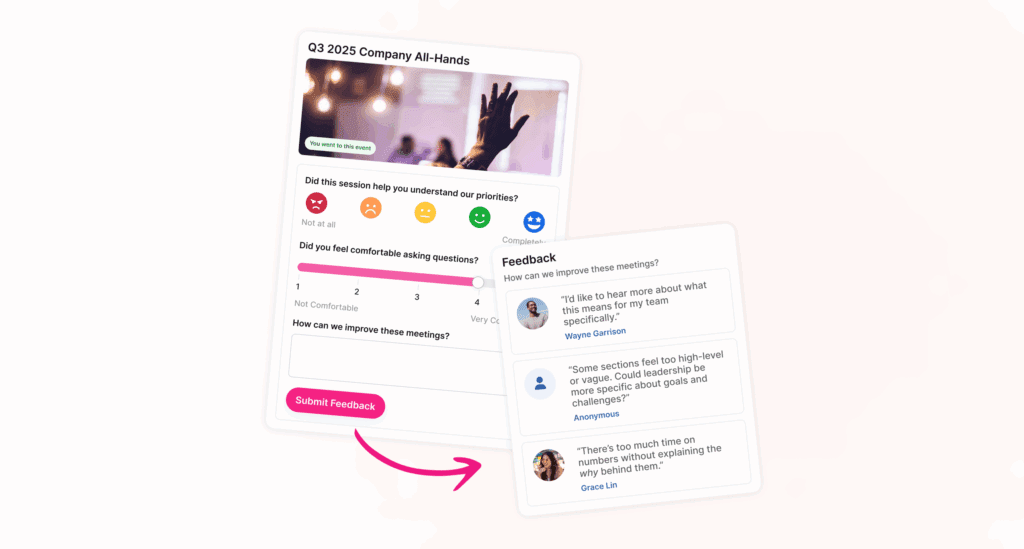
Operational Efficiency Metrics
Operational efficiency ensures that facilities and vendors run smoothly, reducing disruptions and downtime. Monitoring operational processes helps managers identify bottlenecks and prevent small issues from affecting productivity.
Key KPIs include:
- Response times for maintenance requests
- Vendor performance and service reliability
- Meeting room and desk readiness for scheduled use
Kadence integrates operational data with occupancy and engagement metrics, giving managers a holistic view of office operations and helping them anticipate problems before they occur.

Collaboration And Hybrid Compliance Metrics
Hybrid work is now the baseline for most organizations, and understanding how teams collaborate is critical. Tracking how often spaces are used for teamwork, cross-team interactions, and hybrid compliance ensures that offices are supporting meaningful connection.
KPIs to track:
- Frequency and patterns of team collaborations
- Cross-departmental meeting trends
- Adherence to hybrid work policies
Insights Plus from Kadence provides deeper analytics into collaboration patterns and policy compliance, helping managers redesign spaces and processes to improve teamwork.
Continuous Improvement Metrics
Finally, workplace operations management is an ongoing process. Continuous improvement KPIs track how adjustments and new initiatives impact space efficiency, employee engagement, and operational effectiveness.
Examples include:
- Change in space utilization after office redesign
- Employee engagement before and after policy updates
- Reduction in operational issues over time
Kadence makes it easy to monitor these metrics in real time, providing dashboards, heatmaps, and custom reports so managers can see the impact of their decisions and adapt quickly.
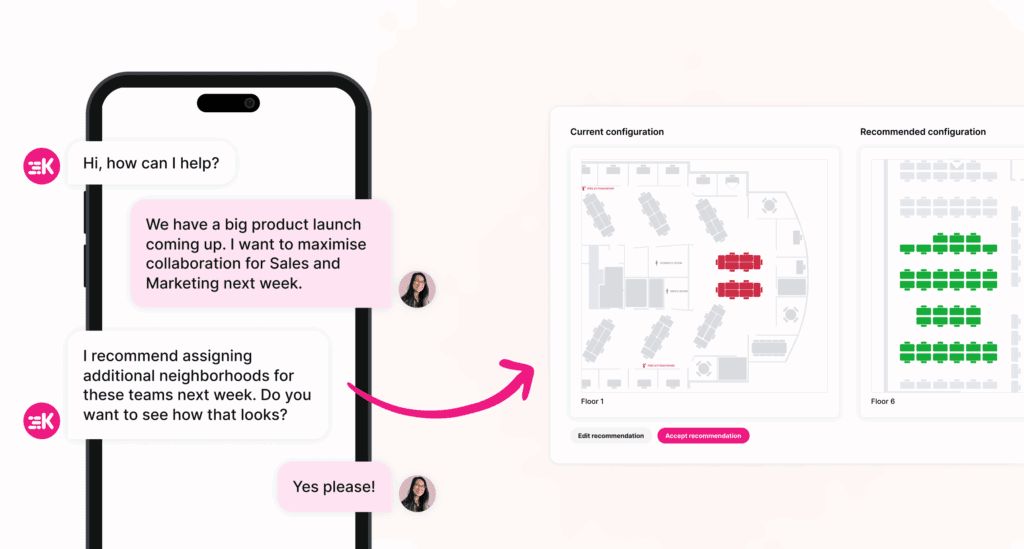
How Kadence Helps
Kadence turns workplace operations data into actionable insights. Real-time dashboards give visibility into occupancy, space utilization, collaboration patterns, and employee experience. Insights Plus adds advanced analytics, tracking hybrid compliance, engagement trends, and cross-team interactions.
By integrating data from multiple sources, Kadence empowers managers to:
- Spot underused spaces and reconfigure layouts
- Improve hybrid work policies based on real behavior
- Monitor operational efficiency and vendor performance
- Make evidence-based decisions that support employees and business goals
The result is an office that functions smarter, keeps employees engaged, and aligns with organizational objectives.
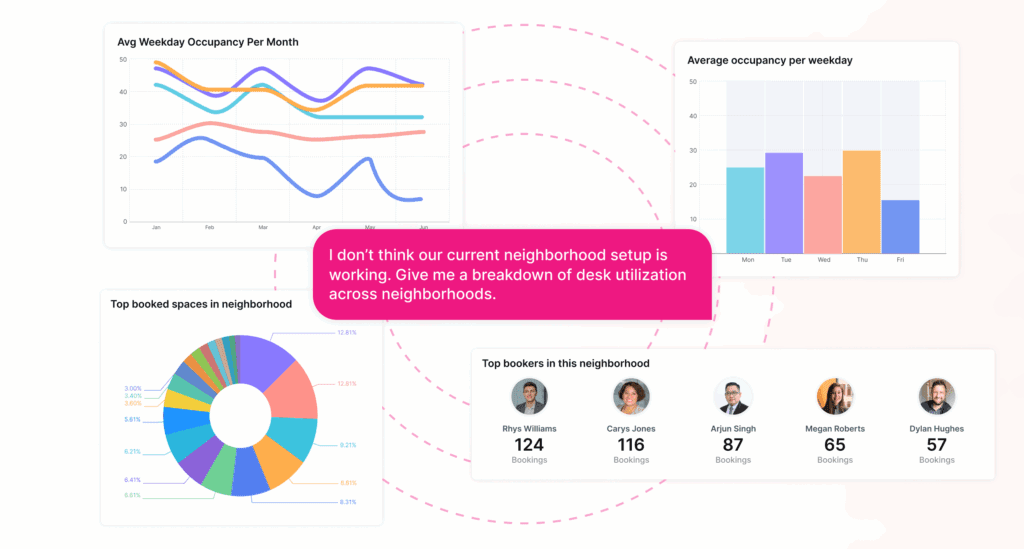
Conclusion
Tracking the right KPIs is essential for workplace operations management. Space utilization, employee experience, operational efficiency, collaboration, and continuous improvement metrics provide managers with the insight needed to optimize offices for both people and performance. Platforms like Kadence turn these metrics into actionable decisions, helping managers create a workplace that works for everyone.
Book a demo with our workplace operations experts to see how Kadence can transform your office today.


